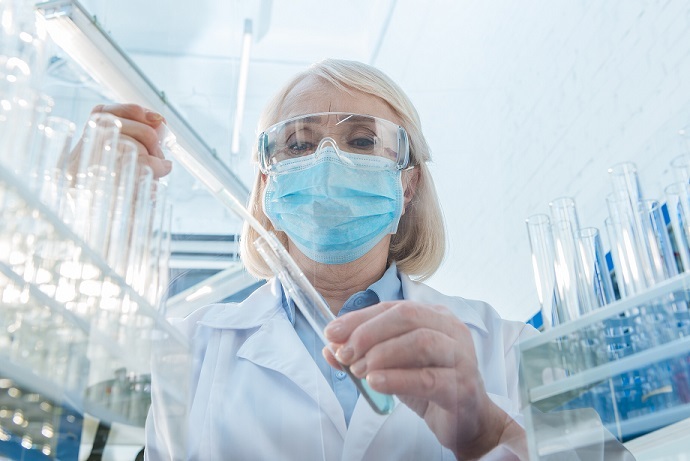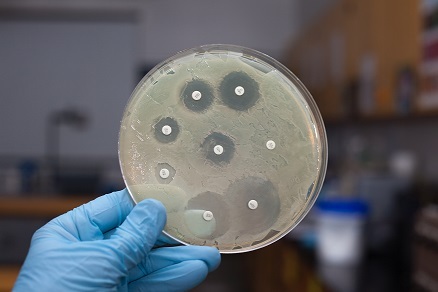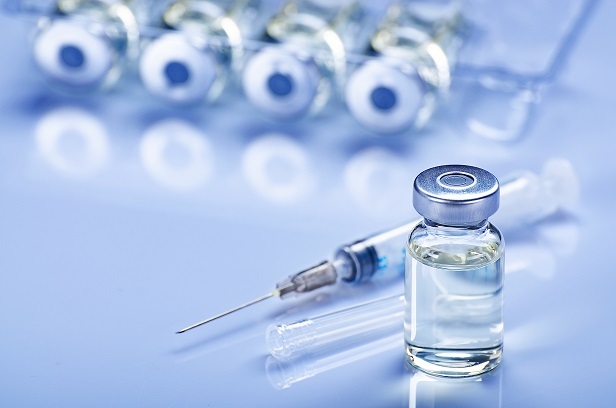
 Data Structure
Data Structure Networking
Networking RDBMS
RDBMS Operating System
Operating System Java
Java MS Excel
MS Excel iOS
iOS HTML
HTML CSS
CSS Android
Android Python
Python C Programming
C Programming C++
C++ C#
C# MongoDB
MongoDB MySQL
MySQL Javascript
Javascript PHP
PHP
- Selected Reading
- UPSC IAS Exams Notes
- Developer's Best Practices
- Questions and Answers
- Effective Resume Writing
- HR Interview Questions
- Computer Glossary
- Who is Who
What are Secondary Metabolites?
Introduction
Secondary metabolites are organic compounds produced by any life form, such as bacteria, fungi, animals, or plants. They are also known as bioactive molecules, toxins, secondary products, or natural products.
Albrecht Kossel, who won the (1910) Nobel Prize in physiology and medicine, is known to have invented the phrase "secondary metabolite." A Polish botanist named Friedrich Czapek defined secondary metabolites as byproducts of nitrogen metabolism thirty years later.
Secondary metabolites frequently mediate mutualistic interactions like pollination and resource sharing as well as antagonistic interactions like predation. Secondary metabolites are typically restricted to a single lineage or even species, although there is strong evidence that horizontal transmission of complete pathways between species or genera has played a significant role in the evolution of bacteria (and, most likely, fungi).

Types of Secondary Metabolites
In nature, we have three sources of secondary metabolites, which are discussed below in detail.
Plant Secondary Metabolites
Terpenes, phenylpropanoids (also known as phenolics), polyketides, and alkaloids are the four main types of plant secondary metabolites based on their chemical structure.
- Chemical compounds known as phenols are distinguished by the presence of aromatic rings with one or more hydroxyl groups.
- Isoprene units make up the broad class of natural compounds known as terpenes. Terpenoids are oxygenated hydrocarbons, whereas terpenes are simply hydrocarbons.
- A wide range of basic chemicals with nitrogen are referred to as alkaloids. They usually come from sources that are plants and include one or more nitrogen atoms. They are extremely diverse chemically.
- Glucosinolates are secondary metabolites made from glucose, an amino acid, and sulfate that contain both sulfur and nitrogen atoms.
Plant Secondary Metabolites in Medicine
Secondary metabolites found in plants are the source of many medications utilized in contemporary medicine. Taxol is extracted from Pacific Yew bark.
Artemisinin and paclitaxel are the two terpenoids that are most well-known to humans. A Chinese scientist named Tu Youyou subsequently rediscovers artemisinin as a potent antimalarial after it was widely utilized in Traditional Chinese medicine.
Later, in 2015, she received the Nobel Prize for the discovery. Because Plasmodium falciparum, the parasite that causes malaria, has developed a resistance to artemisinin alone, the World Health Organization advises using it in combination with other antimalarial medications for a successful treatment.

Fungal Secondary Metabolites
Polyketides, nonribosomal peptides, and terpenes are the three main categories of fungal secondary metabolites. Although they are not necessary for growth, fungal secondary metabolites are crucial for fungi to survive in their ecological niche. Penicillin was found by Alexander Fleming in 1928 and is the most well-known secondary metabolite of a fungal origin.
- Lovastatin and a polyketide are obtained from Pleurotus ostreatus and oyster mushrooms.
- Aflatoxin B1 and a polyketide are obtained from Aspergillus flavus.
- Ciclosporin and a non-ribosomal cyclic peptide is obtained from Tolypocladium inflatum.
Bacterial Secondary Metabolites
Secondary metabolite formation by bacteria begins during the stationary phase as a result of nutritional deficiency or in reaction to environmental stress. Although it is not necessary for bacterial development, secondary metabolite production enables them to interact with their ecological environment more effectively.
The botulinum toxin produced by Clostridium botulinum is an illustration of a secondary metabolite produced by bacteria that can have both beneficial and harmful effects on humans.
Following are some examples of the bacterial secondary metabolites:
Phenazine: The organic compound phenazine has the chemical formula (C6H4)2N2. It is a dibenzo annulated pyrazine and the source of several colours, including indulines, safranines, and toluylene red (and the closely related eurhodines).
Examples:
- Pyocyanin from Pseudomonas aeruginosa.
- Other phenazines from Pseudomonas ssp. and Streptomyces species.
Polyketides: A class of natural compounds known as polyketides is created from a precursor molecule that consists of an alternating chain of ketone (or reduced versions of a ketone) and methylene groups: (-CO-CH2-).
Examples:
- Avermectin, is obtained from Streptomyces avermitilis.
- Epothilones is obtained from the soil-dwelling myxobacterium Sorangium cellulosum; Erythromycin, Saccharopolyspora erythraea;
- Nystatin, is obtained from Streptomyces noursei;
- Rifamycin, is obtained from Amycolatopsis rifamycinica.
Nonribosomal peptides: These are a highly diversified class of organic compounds with a huge variety of biological functions and pharmacological traits. Frequently, they are siderophores, poisons, or pigments. Commercially available as nonribosomal peptide antibiotics, cytostatics, and immunosuppressants.
Examples:
- Bacitracin, is obtained from Bacillus subtilis (Tracy strain).
- Gramicidin, is obtained from Brevibacillus brevis.
Functions of Secondary Metabolites
Following are a few functions of the secondary metabolites:
- Secondary metabolites can be used in defense mechanism to sustain the competition with other living things including animals, plants, insects, and microbes.
- Metal-transpoting substances.
- They act as factors that promote symbiosis with other organisms and as reproductive agents.
- Effectors that promote differentiation.
- Factors that facilitate interspecies communication.
- Interference with spore development and germination (voluntary).
- The secondary metabolites are primarily employed in a wide range of biological activities, including drugs that are antibacterial and antiparasitic, enzyme inhibitors and anticancer agents, and immunosuppressive agents.
Applications of Secondary Metabolites
Following are the uses of secondary metabolites in different fields.
Antibiotics
The discovery of penicillin inspired scientists to use microbes to produce secondary metabolites, which completely changed the science of microbiology. New screening and isolation techniques have led to the discovery of numerous -lactam-containing compounds as well as various additional antibiotics.

Anti-Cancer Drugs
More than 60% of anticancer formulations are made up of natural substances and their derivatives. Actinomycin D, bleomycin, mitosanes (mitomycin C), anthracenones (mithramycin, streptozotocin, and pentostatin), enediynes (calicheamicin), taxol, and epothilones are some of the antineoplastic compounds generated from actinobacteria that are now being used.
Pharmaceutical and Dietary Supplements
Immunosuppressants like cyclosporin A, sirolimus (rapamycin), tacrolimus, and mycophenolate mofetil are extremely significant in human medicine. They established the field of organ transplantation and are utilized for heart, liver, and kidney transplants.
Probiotic bacteria's metabolites are regarded as a treatment for minimizing weight gain, preventing obesity, lengthening satiety, boosting satiety, decreasing food intake, reducing fat deposition, raising insulin sensitivity, and treating obesity.
Conclusion
The majority of synthetic pharmaceuticals and other commercially valuable molecules are being evaluated as alternatives, are secondary metabolites with notable biological activity.
As climate change creates conditions that are conducive to repeated outbreaks of infections, there is a constant and crucial need for new pharmaceutical agents to combat cancers, cardiac disorders, pests, cytotoxic, mosquitoes, infectious diseases, and autoimmune disorders of both animals and plants.

